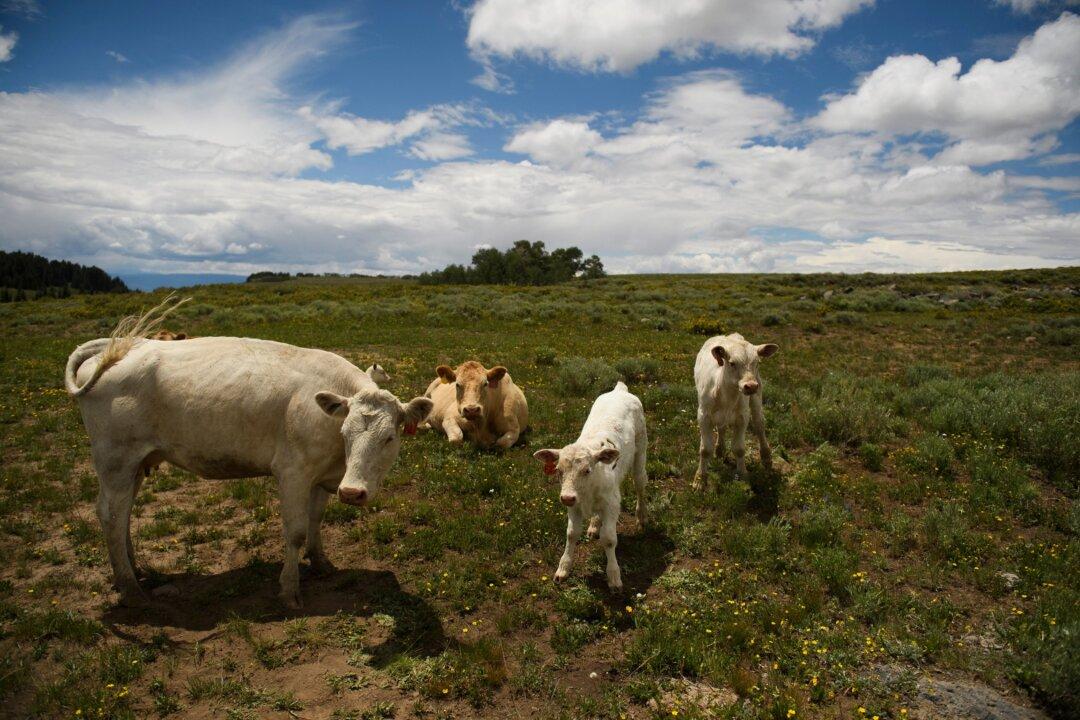A mysterious illness that has been affecting dairy farms in the Texas Panhandle over the past few weeks has been identified as bird flu, the Texas Department of Agriculture announced on Monday.
“Today, Texas Agriculture Commissioner Sid Miller received confirmation from the United States Secretary of Agriculture, Tom Vilsack, and the Animal and Plant Health Inspection Service (APHIS) that the mystery disease has been identified as a strain of Highly Pathogenic Avian Influenza (HPAI) commonly known as Bird Flu,” wrote the Texas Department of Agriculture in a press release.





